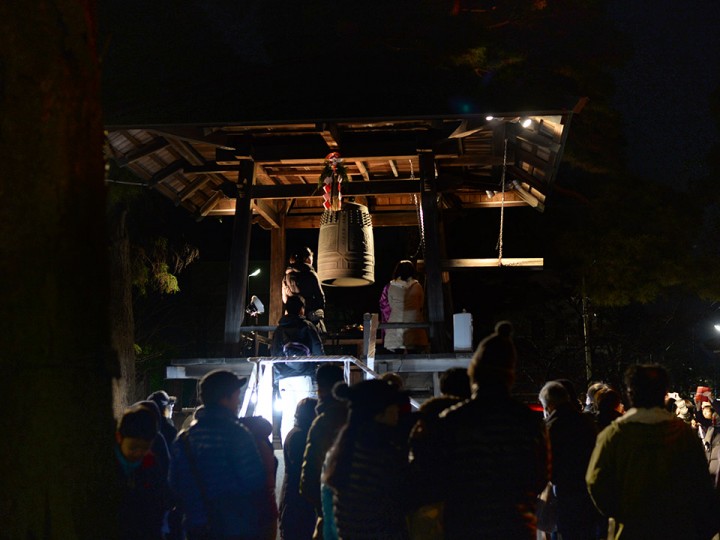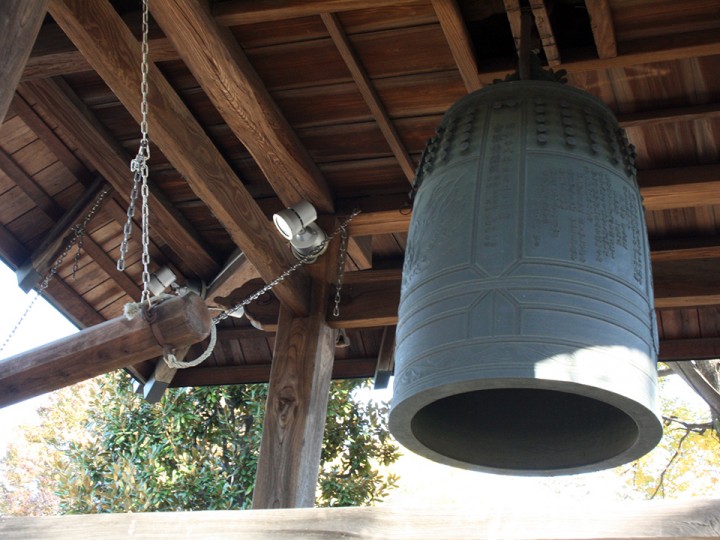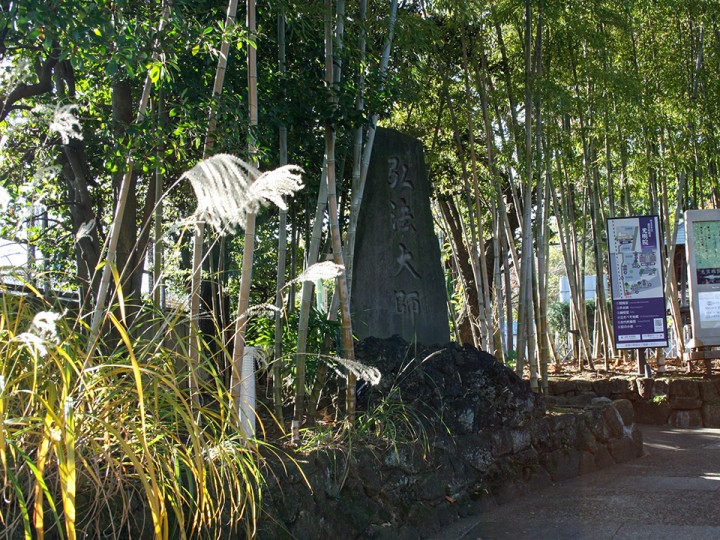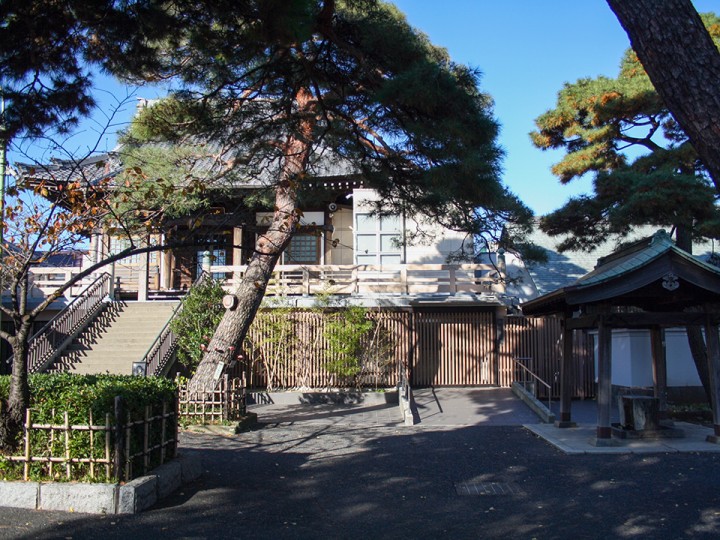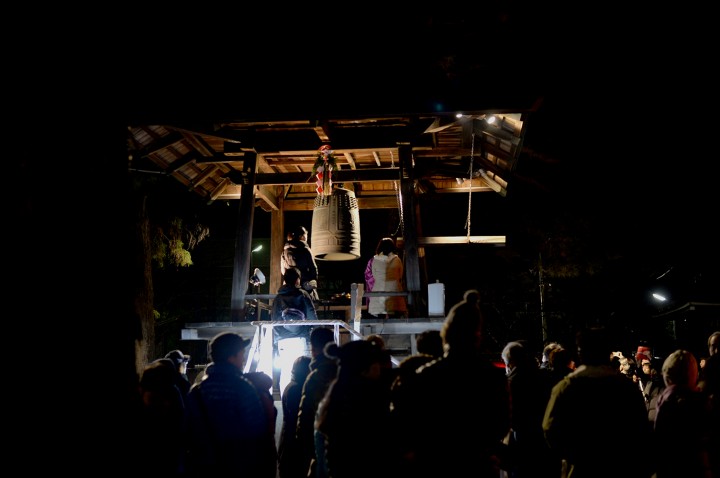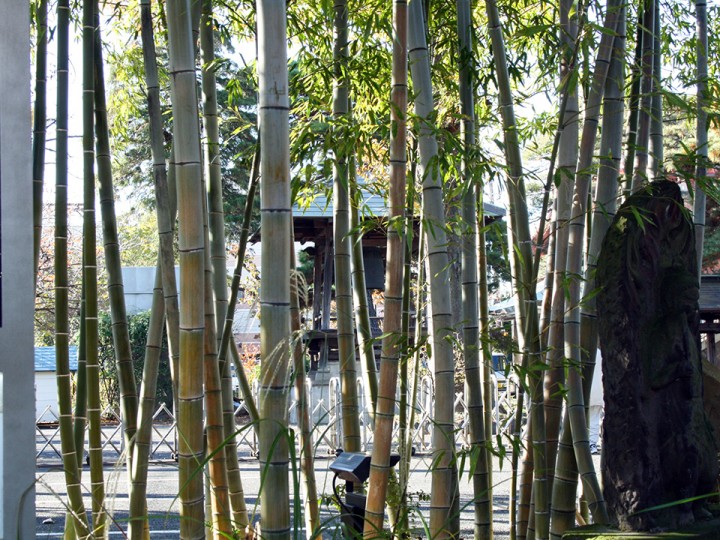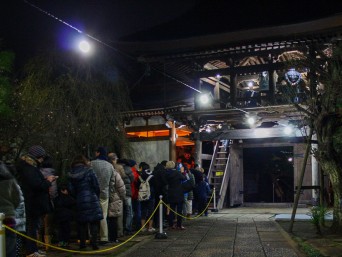- SEE & DO
- SIGHTSEEING
- temples & shrines
- KOMYOIN TEMPLE
- Price:
¥1,000 to ring the bell for New Year's + souvenir bag
- Address:
- 2 Chome-1-3 Kamiogi, Suginami, Tokyo
- Distance from Station:
- 5 minutes from JR & Tokyo Metro Ogikubo Station
- no-smoking
- family-friendly
KOMYOIN TEMPLE
Visit a Tokyo Temple With Long History, and Ring the Huge Bell for the New Year!
[updated December 2024]
Komyoin Temple is only about a 5 minute-walk from Ogikubo Station. At this temple, you can ring the temple’s huge hanging bell on New Year’s Eve! The temple accepts those who want to ring the bell from 10 o’clock on New Year’s Eve night. For 1,000 yen, you can get a ticket for ringing the bell and a bag of souvenirs. However, there are only 108 tickets available, as the bell must be rung only 108 times. It is believed that the 108 tolls of the bell symbolize the casting away of 108 earthly desires, which are believed to cause human suffering.
From around 11:45 p.m. people start ringing the bell one by one. When you hand in your ticket at the bell platform, the priest begins to cite a Buddhist sutra for your health and happiness. Then you can ring the bell once by pulling the rope attached to the huge hanging battering mallet. Even if you can’t get one of the 108 tickets, the temple treats you to amazake, a sacred and sweet half-sake. The sound of the bell echoes throughout the community until around one o’clock in the morning of New Year’s Day. It is truly a unique Japanese New Year’s experience.
Komyoin Temple goes back to as early as the year 708, 1300 years ago. It has been told that a monk passed through this land carrying a wooden image of Buddha carved by the prominent monk Gyoki, who was also in charge of constructing the Great Buddha in Nara. The wooden carving was so heavy that he wanted to leave it at this land. So he built a hut and sheltered the sculpture in it. This is the beginning of Komyoin Temple. The temple has a Senju Kannon, a thousand-armed Goddess of Mercy, that is believed to have been made around 14th century.
ACCESS
Translation: Y. Ikeno
Photography: K. Tezuka








